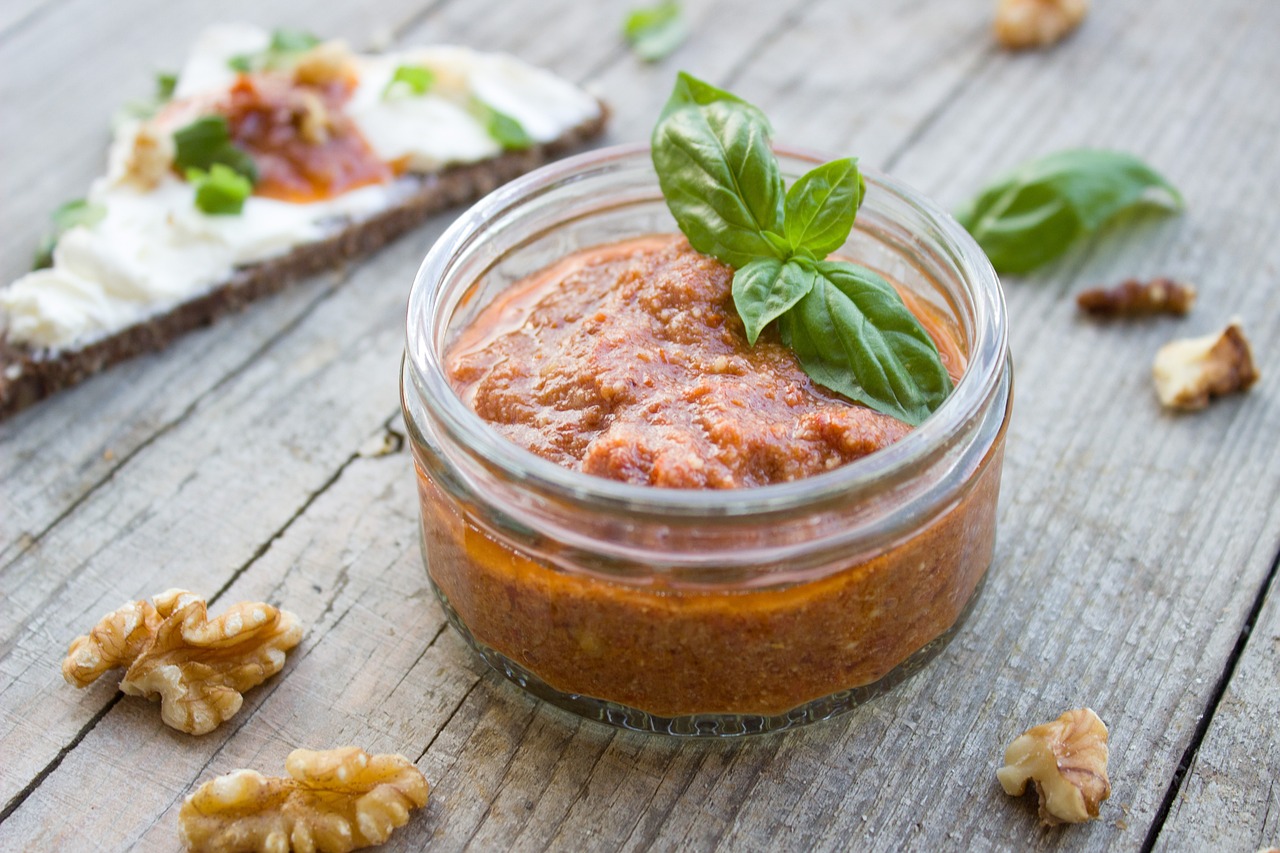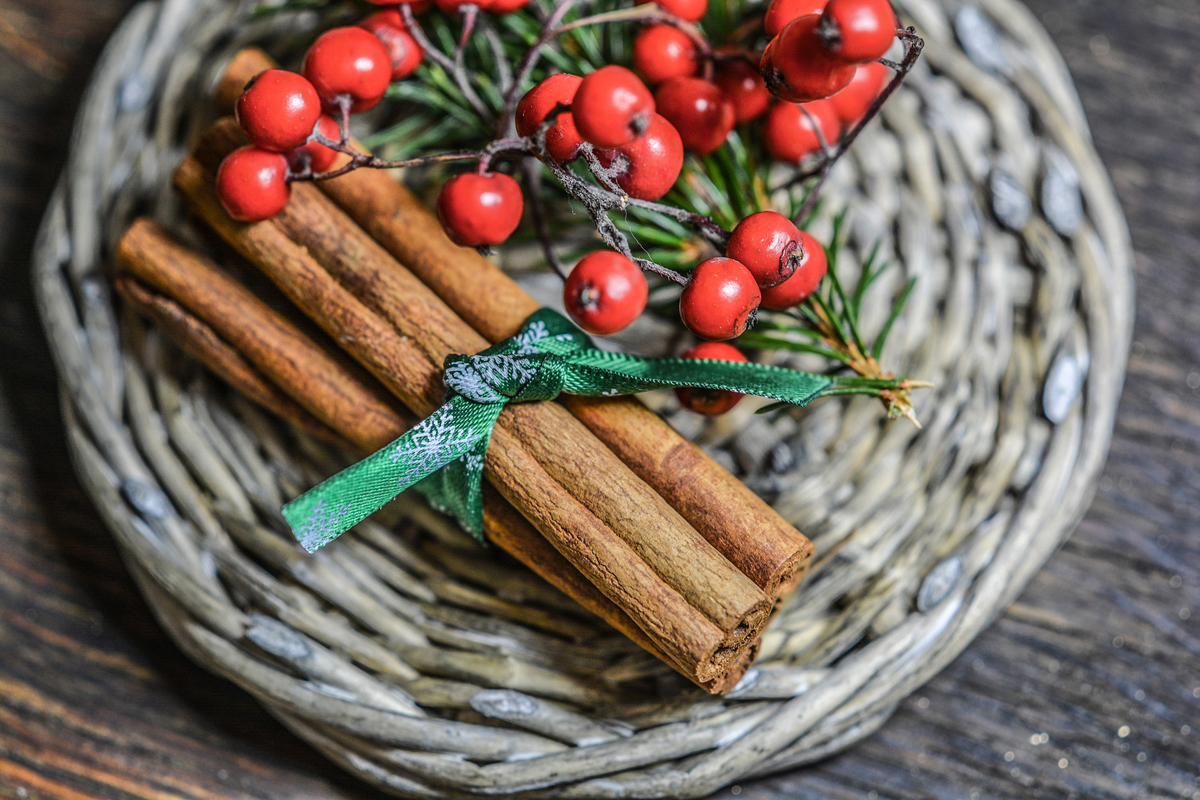Go Green and Save Green – How to Go Organic on a Budget Part 5

There are a lot of good reasons to eat organic food. It is the best choice for your health and the health of the environment. So why doesn’t everyone go organic? There is a higher cost associated with organic food. It costs more to produce food naturally and that cost is passed on to the consumer. There are a few things that you can do to make the switch to organic less costly. Here are some tips to get you started.
There are four basic things you can do when trying to go organic on a budget: grow what you can, spend your food dollars wisely, make most of your food from scratch and don’t waste anything. Each article in this series will address one specific change you can make in the four areas.
Grow Your Own
There is a tasty herb that can be easily grown in most climates that packs a culinary double punch. Cilantro is commonly used in Asian, Latin and Indian cuisines. When the leafy green herb goes to seed it gives you the popular spice coriander.
Plant your cilantro seed after the ground has warmed. You want to do this about 4 weeks after the last frost. If you live in an area that never freezes, you can plant the cilantro seeds at any time. Plant again every week or so to have a constant supply throughout the season. As the cilantro plants start to die off, they will produce seeds. Pick the seeds and store them in a cool dry place. These seeds can be used as coriander or planted the next year to grow more cilantro.
Spend Your Food Dollars Wisely
Don’t buy flavored snack chips. Look for a plain organic tortilla corn chip. Did you know tortilla corn chips are whole grain? This plainer choice is better for you and costs a lot less than the fancier snack chips available.
Make Your Own
Salsa is a great, healthy dip (which goes great with plain tortilla corn chips!) if you make it yourself. It is easy to make, if you have the right tools. A food processor is definitely the best tool for this task. Just put tomatoes, onion, garlic, cilantro, jalapeño peppers and lime juice into the work bowl of the food processor and pulse until done. You’ll want to cut the veggies into large chunks first and remove the pith and seeds from the jalapeño peppers. The exact amounts used are a matter of personal preference.
Don’t Waste Anything
After you remove the seeds and pith from a hot pepper, do you throw it out? I don’t! I save them in a container in my freezer until I can use them. The heat and flavor is easily extracted through boiling. Here are a few examples of how I use them:
I make White Chicken Chili a lot. You can find many recipes for this online and they all use chicken stock. Simmer the chicken stock with the hot pepper “waste” for 30 minutes then strain. When you use this now spicy chicken stock, you can omit the hot peppers in the recipe. That saves you money!
Sometimes I like my beef pot roast to have a little kick to it. I usually braise brisket in a 50/50 mix of tomato sauce and beef stock (with a splash of red wine.) Simmering the beef stock with the hot pepper “waste” (then straining before use) gives the finished roast a nice warm note to it.
I know this one sounds strange, but I add a couple of hot pepper seeds to the mix when I mull apple cider. I don’t use enough to give a pepper taste to the cider, but the little bit of culinary warmth they provide is perfect on a cold winter day.
I hope you have learned a few new tricks to help you go organic on a budget. Thanks for reading, see you in Part 6!
The Author:
Heather Krasovec, creator of Microwave Oven Reviews, uses her extensive experience in food based industries to help consumers make better choices when stocking their kitchens.








